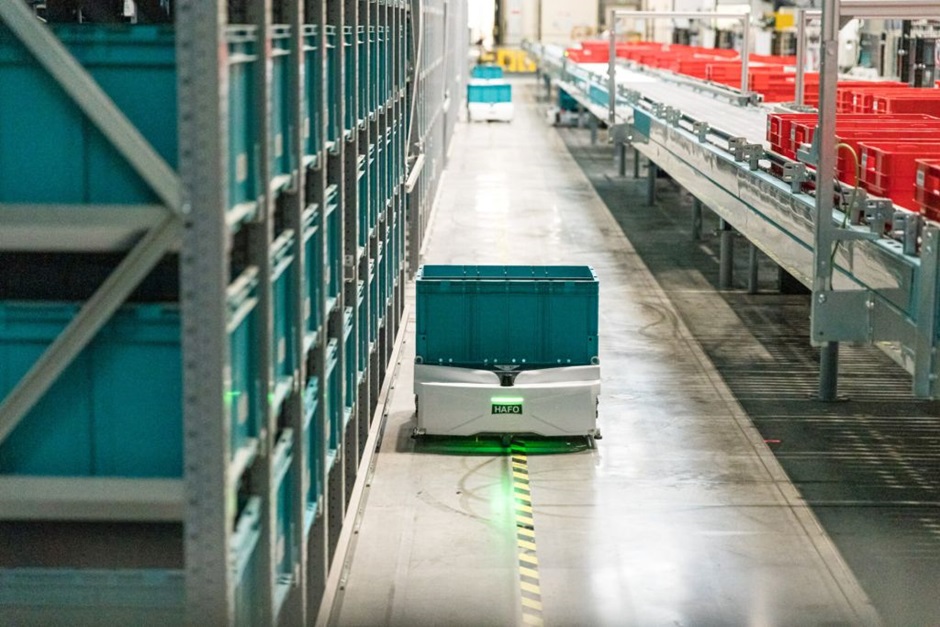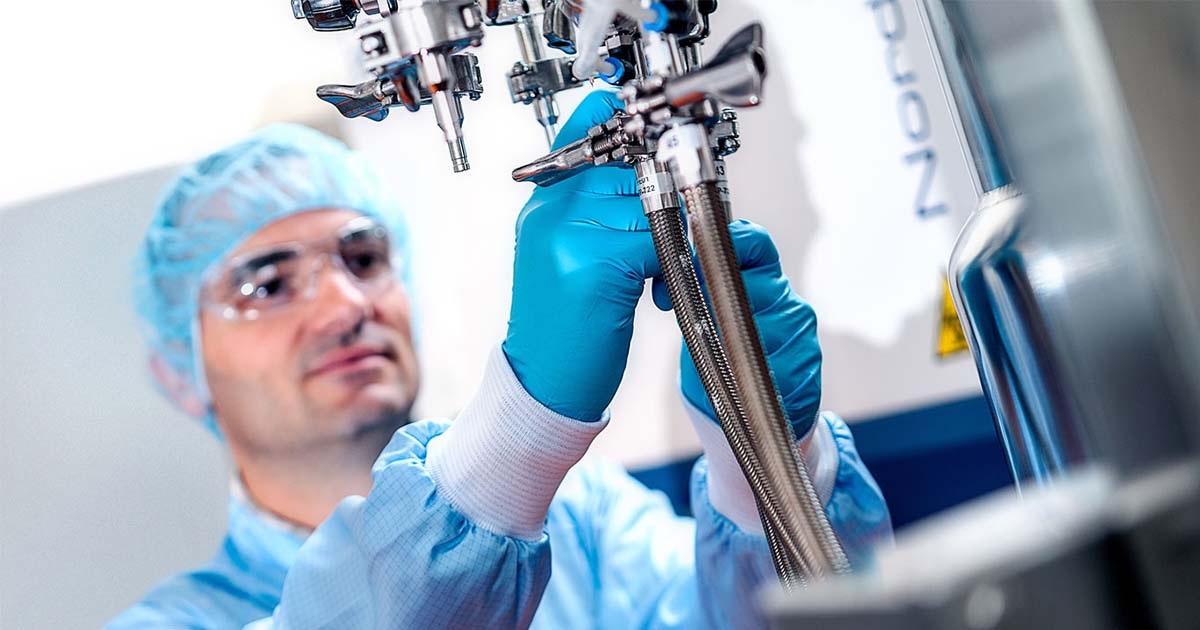In the realm of healthcare logistics, the integration of third-party logistics (3PL) services has become indispensable, especially in managing the complexities of medical devices. Medical device 3PL, or third-party logistics tailored for medical equipment, plays a pivotal role in ensuring efficiency, compliance, and safety throughout the supply chain.
Understanding Medical Device 3PL
Medical device 3PL involves outsourcing logistics functions related to medical equipment to specialised service providers. These providers handle tasks such as warehousing, inventory management, distribution, and often, value-added services like kitting and packaging.
By leveraging their expertise, medical device manufacturers can focus more on innovation and core business activities while entrusting logistics to capable hands. This allows them to bring innovative medical solutions to market swiftly and reliably.
Types of Medical Equipment
The spectrum of medical equipment serviced by 3PL providers is exceptionally broad and diverse. Diagnostic tools, ranging from advanced imaging machines like MRI and CT scanners to portable ultrasound devices, require meticulous handling due to their sensitive electronics and precise calibration. Similarly, surgical instruments demand sterile packaging and careful tracking to ensure they reach operating rooms in optimal condition.
Each category of medical equipment presents unique challenges and considerations for 3PL providers. Tailored logistics strategies are crucial to meet these diverse needs effectively, ensuring that healthcare facilities receive their equipment promptly, safely, and in optimal condition for patient care. This tailored approach not only safeguards the integrity of medical devices but also supports the seamless operation of healthcare delivery systems worldwide.
Temperature Control and 3PL
Maintaining the integrity of medical devices often requires strict temperature control. That’s because certain devices, medications, and biological materials are highly sensitive to temperature variations.
The best national 3PL companies employ specialised storage facilities equipped with climate control systems to ensure that products remain within specified temperature ranges during storage and transit. This capability is crucial for preserving the efficacy and safety of temperature-sensitive devices.
Regulatory Compliance and Medical Device Shipping
One of the most critical aspects of 3PL for medical devices is adherence to regulatory standards. Medical devices are subject to stringent regulations imposed by authorities such as the FDA (Food and Drug Administration) in the United States or the TGA (Therapeutic Goods Administration) in Australia.
All 3PL providers must comply with these regulations to ensure the integrity and safety of devices throughout the supply chain. This compliance extends to proper documentation, handling procedures, and transportation conditions.
Systems Tracking and Traceability
In the age of digital transformation, robust tracking and traceability systems are fundamental for successful medical device 3PL operations. Advanced technologies such as RFID (Radio-Frequency Identification) tags and IoT (Internet of Things) sensors enable real-time monitoring of inventory movement and environmental conditions.
These systems not only enhance operational efficiency but also facilitate rapid response to any deviations in the supply chain. The utilisation of these systems and appropriate devices minimises transportation and theft risks. It also contributes to the timely delivery of medical devices to their final destination.
Product Packaging
Effective packaging is another cornerstone of 3PL for medical devices. Packaging serves dual purposes. It protects devices from physical damage during handling and transportation. It also conveys essential information such as product details, handling instructions, and regulatory compliance labels.
3PL providers employ packaging solutions that meet international standards for durability, sterility, and environmental impact, ensuring that medical devices reach end-users in pristine condition. They may also integrate innovative features like tamper-evident seals, shock-absorbent materials, and RFID tracking tags to enhance security and traceability throughout the supply chain.
Emerging Trends and Technologies
The landscape of medical device 3PLs continues to evolve with advancements in technology and shifting market demands. One notable trend is the integration of artificial intelligence and machine learning algorithms to optimise supply chain forecasting and inventory management.
Robotics and automation are also reshaping warehouse operations, enhancing efficiency and accuracy in order fulfilment. Sustainability initiatives are gaining momentum, prompting 3PL providers to adopt eco-friendly practices in packaging and logistics operations.
Conclusion
Medical device 3PL plays a pivotal role in the healthcare ecosystem by ensuring the seamless flow of medical devices from manufacturers to end-users. By leveraging specialised expertise, regulatory compliance, advanced technologies, and sustainable practices, 3PL providers uphold the highest standards of safety, efficiency, and reliability in medical device logistics.






